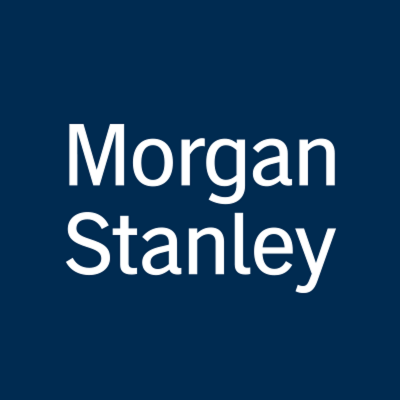
Morgan Stanley Behavioral Interview Template — Product Designer (Engineering)
Purpose: Assess how a Product Designer operates in a highly regulated, global financial-services environment, mapping behaviors to Morgan Stanley’s core values (Put Clients First, Do the Right Thing, Lead with Exceptional Ideas, Commit to Diversity & Inclusion, Give Back) and to day‑to‑day collaboration with engineering, product, and risk/compliance partners. What this interview covers (Morgan Stanley–specific focus areas): - Regulated finance constraints: How you balance client experience with legal, compliance, security, data privacy, and audit requirements (e.g., designing flows that satisfy SEC/FINRA guidance, entitlements/permissions, PII handling, approvals, and evidence trails) without degrading usability. - Client-first decision making across segments: Designing for distinct user groups (Institutional traders, Wealth Management FAs and clients, Operations, and internal tools) and navigating trade-offs among speed, clarity, risk, and accessibility. - Cross-functional influence at scale: Partnering with PMs, engineers, QA, cyber/risk, legal, and operations across time zones (e.g., New York, London, Budapest, Bengaluru) to drive decisions when stakeholders disagree; documenting decisions and design rationale for audits and handoffs. - Outcomes and rigor: Using metrics (task success, error rates, service desk tickets, adoption, NPS/CSAT where applicable) and qualitative research to demonstrate impact on production systems, legacy modernization, or design-system contributions. - Resilience and ownership: Operating under production pressure (market hours, incident follow-ups), communicating clearly, and practicing “disagree-and-commit” when needed; reflecting on failures/retrospectives and risk learnings. - Inclusion and ethics: Designing inclusive, accessible experiences (WCAG, keyboard-only, high-contrast for trading floors), mitigating bias in content or workflows, and modeling respectful collaboration. Suggested 60‑minute flow: - 5 min — Introductions and role/context framing. - 25 min — Portfolio behavioral deep dives (two STAR/SHARE stories: 1) regulated constraint or complex stakeholder alignment; 2) measurable impact on a shipped product or internal tool). - 10 min — Risk/compliance scenario: Walk through a design decision where you negotiated usability vs. control (permissions, approvals, data retention, or disclosures) and how you documented it. - 10 min — Collaboration & influence: Example of resolving conflict with engineering, PM, or front office; how you escalated appropriately and kept momentum. - 5 min — Values & inclusion: Example of mentoring, inclusive research, or community/volunteer initiatives. - 5 min — Candidate questions. Sample behavior prompts (tailored to Morgan Stanley): - Tell us about a time you improved an experience but had to meet strict compliance or audit needs. How did you partner with risk/legal and what trade-offs did you accept? - Describe a situation where front-office urgency conflicted with good UX or accessibility. How did you balance speed, quality, and control requirements? - Walk through a complex entitlement/permission model you designed. How did you validate it with users and engineering? What errors or edge cases did you prevent? - Share a time you influenced a decision without formal authority across global teams. What was your strategy for alignment and documentation? - Describe a failure in production (e.g., usability causing operational load). What did you learn and what systemic change did you drive (design system, patterns, guardrails)? Evaluation rubric (what strong signals look like): - Clear client-first framing and ethical reasoning; articulates risk and control concepts in plain language. - Concrete metrics and qualitative insights; ties design decisions to measurable business or operational outcomes. - Evidence of partnering with risk/compliance, cybersecurity, and legal; demonstrates comfort with documentation, approvals, and audit trails. - Skilled at structured storytelling (STAR/SHARE), crisp communication, and respectful challenge/resolution. - Accessibility and inclusion are embedded (not afterthoughts); shows familiarity with designing for high-information, high-speed workflows. Preparation guidance shared with candidates (what interviewers expect to hear): - Two to three recent, shipped examples with artifacts (journeys, flows, before/after metrics, risk sign-offs) and your specific contribution. - How you adapted to legacy systems and constraints common in large financial institutions. - How you ensure designs are buildable, testable, and supportable by global teams (handoff quality, specs, acceptance criteria, success metrics).
8 minutes
Practice with our AI-powered interview system to improve your skills.
About This Interview
Interview Type
BEHAVIOURAL
Difficulty Level
4/5
Interview Tips
• Research the company thoroughly
• Practice common questions
• Prepare your STAR method responses
• Dress appropriately for the role